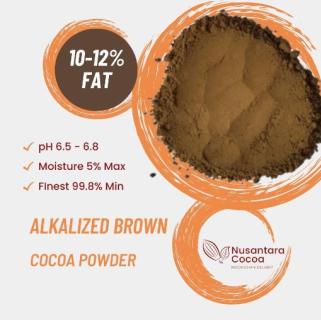Chocolate, the world’s favorite treat, is much more than just a sweet indulgence. Behind its delectable flavor lies a fascinating blend of chemistry, craftsmanship, and sensory pleasure. The way chocolate melts in your mouth, its smooth texture, and rich taste are the result of precise chemical processes and skilled artistry.
The
Chemistry of Chocolate
At the heart of chocolate’s
chemistry are cacao solids and cocoa butter, both of which are derived from the
seeds of the cacao tree. These components contain compounds that contribute to Chocolate
flavor, texture, and even its effects on the brain.
- Cacao Solids:
These are responsible for chocolate’s distinct bitter taste and color.
They contain alkaloids such as theobromine and caffeine, which stimulate
the central nervous system, providing a mild energy boost. Cacao solids
also contain flavonoids, powerful antioxidants that are believed to have
positive effects on heart health.
- Cocoa Butter:
This fat, extracted from cacao beans, gives chocolate its characteristic
smooth and melt-in-your-mouth texture. Cocoa butter has a unique fat
composition, allowing chocolate to melt at body temperature, which is why
chocolate feels so luxurious on the tongue. Its smooth texture and creamy
mouthfeel are key to chocolate's appeal.
- Sugar:
Added sugar in chocolate balances the bitterness of cacao solids,
contributing to its sweetness and overall flavor profile. The amount of
sugar varies depending on the type of chocolate—dark chocolate contains
less sugar, while milk and white chocolates are significantly sweeter.
- Milk Solids:
In milk chocolate, milk solids or powdered milk are added to the mix,
contributing to the creamy texture and mellow flavor. These milk solids
also affect how chocolate melts and crystallizes.
The
Melting Magic: Why Chocolate Feels So Smooth
Chocolate’s appeal lies largely in
its texture. When you bite into a piece of chocolate, it starts to melt almost
instantly, creating a silky sensation. This unique characteristic comes from
the cocoa butter, which melts at just below human body temperature, around 34°C
(93°F).
Cocoa butter is composed of
different types of fat molecules that crystallize in several forms, a
phenomenon known as polymorphism. Chocolate makers carefully control these
crystal structures through a process called tempering to ensure the chocolate
has the right texture, sheen, and snap. When cocoa butter crystallizes in its
most stable form, chocolate has the smooth texture that we associate with
high-quality chocolate.
The
Process of Tempering
Tempering is a critical step in
chocolate making that determines the final texture and appearance of the
product. Without proper tempering, chocolate can end up looking dull, crumbly,
and may develop white streaks known as "bloom." These white streaks
are caused by unstable fat crystals rising to the surface.
To temper chocolate, it is first
melted and then cooled slowly while being stirred. The goal is to create a
uniform crystalline structure in the cocoa butter, which results in a glossy,
smooth chocolate which snaps when broken. Tempering also ensures that the
chocolate will set properly and maintain its shape without becoming sticky or
soft at room temperature.
Chocolate
and the Brain
Chocolate not only tantalizes the
taste buds but also has a notable impact on the brain. Eating chocolate
triggers the release of endorphins, the brain’s feel-good chemicals, which
contribute to feelings of happiness and pleasure. Chocolate also contains small
amounts of anandamide, sometimes referred to as the "bliss molecule,"
which binds to the brain's cannabinoid receptors and induces a sense of
well-being.
Additionally, chocolate has trace
amounts of serotonin, a neurotransmitter that helps regulate mood. This may
explain why so many people turn to chocolate when they’re feeling stressed or
need a mood boost.
Get More Insights on Chocolate
Find your preferred language
for better understanding-
·
French
·
German
·
Italian
·
Russian
·
Japanese
·
Chinese
·
Korean
About Author-
Money Singh is a seasoned content writer with over
four years of experience in the market research sector. Known for her strong
SEO background, she skillfully blends SEO strategies with insightful content. Her
expertise spans various industries, including food and beverages,
biotechnology, chemical and materials, defense and aerospace, consumer goods,
etc. (https://www.linkedin.com/in/money-singh-590844163)











